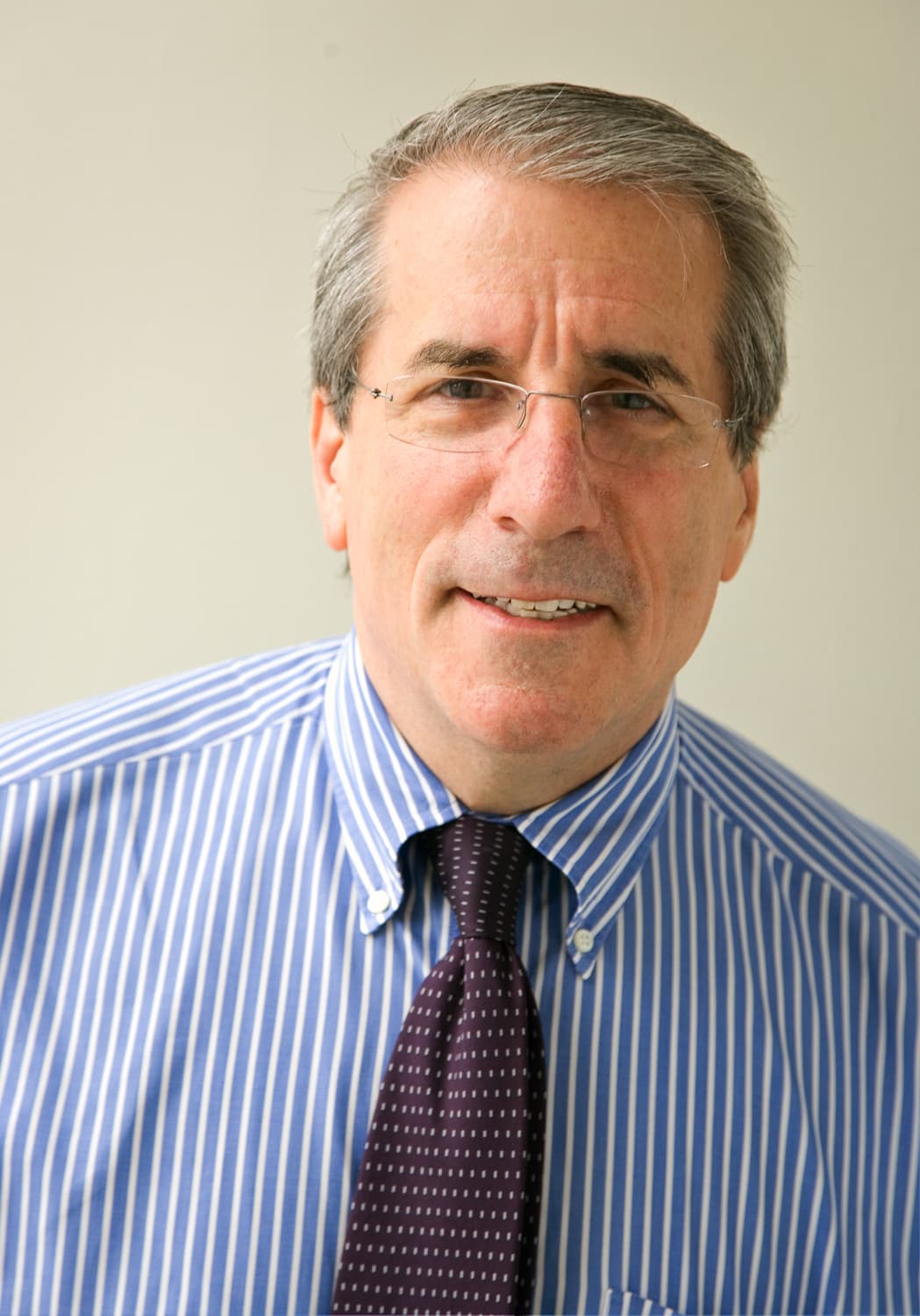Advertisement
How Best To Care For LGBT Patients? New Medical Guide Reflects Change
By Dr. Harvey Makadon
Guest Contributor
In 2007, only one state — Massachusetts — recognized the marriages of same-sex couples. Today, 37 do, and based on the outcome of a pending U.S. Supreme Court case, marriage equality may be extend to all 50 states by June.
A similar sea change has taken place in the area of health care for LGBT people and those living with HIV — at least in terms of awareness of the problems that LGBT people face in accessing health care.
In 2007, when the first edition of the "Fenway Guide To Lesbian, Gay, Bisexual, and Transgender Health" was published, the critical need for culturally competent health care for LGBT people was being discussed among a relatively small group of LGBT people and allies.

But in 2011, the Institute of Medicine’s report, “The Health of Lesbian, Gay, Bisexual and Transgender People,” firmly established the existence of broad health disparities affecting LGBT communities, and laid out an ambitious agenda for addressing them.
The second edition of the "Fenway Guide To Lesbian, Gay, Bisexual, and Transgender Health," which has just been published, is a natural outgrowth of this new information. About 80 percent of the text is brand new, and all of it is built on a strong new foundation of understanding the impact that actions — and inactions — by health professionals have had on LGBT people.
Today, we know that, in comparison with the general population,
• LGBT youth are more likely to attempt suicide and be homeless.
• LGBT populations have higher rates of tobacco, alcohol and other drug use.
• LGBT populations have a higher prevalence of certain mental health issues.
• Transgender individuals have a high prevalence of attempted suicide and victimization.
• Young men who have sex with men and transgender women, especially those who are black, are at especially high risk for HIV.
• Lesbians and bisexual women are more likely to be overweight or obese.
• Lesbians are less likely to get preventive services for cancer.
• Elderly LGBT individuals face additional barriers to optimal health because of isolation and a lack of cultural appropriate social services and providers.
Despite the clear need for better care for LGBT people, medical and nursing schools are still not seen as inclusive and affirming in their curriculum, or in making LGBT medical and nursing students feel they can be themselves.
But as medical and public health providers, it is our responsibility to be familiar with these disparities, as well as emerging LGBT health issues, so that we are delivering high quality care in an environment that is welcoming, inclusive of, and educated about LGBT patients.
Over the last decade, there has been renewed understanding of the impact of HIV in places like Jackson, Mississippi; Baton Rouge, Louisiana; and Birmingham, Alabama, where there are large, concentrated populations of young, black men who have sex with men. Although blacks make up just 12 percent of the U.S. population, they account for 44 percent of new HIV infections, with the highest rate of infections occurring in young, black men age 13-24 who have sex with men, who are at the highest risk for having HIV among all demographic groups.
We also know much more about the devastating toll HIV has taken on the transgender community, particularly transgender women (who, until relatively recently, used to be counted as gay men by public health officials tracking the epidemic).
Beyond a deeper understanding about the epidemiology of HIV, we have made many advances in prevention and treatment of HIV, such as Pre-Exposure Prophylaxis, that should be part of the practice of any general internist.
Perhaps one of the most remarkable changes over the last decade has been a more expansive view of sexuality and gender—particularly among youth and adolescents. We, as health professionals, have a great deal to learn from them.
Without feeling affirmed, people will not come for prevention or care.
As a result of our more complete understanding of how transgender people, particularly adolescents, think of their gender identity, the "Fenway Guide To Lesbian, Gay, Bisexual, and Transgender Health" includes new standards for comprehensive health care of transgender people, including gender identity development in children and teens.
That said, the guide is also written for students, public health professionals, researchers, and policymakers. As such, it can be used as a tool for teaching a LGBT health curriculum, and to inform policy decisions about public health.
If we know anything about delivering high quality health care, it is this: Without feeling affirmed, people will not come for prevention or care. This text provides a roadmap for dialogue about the behaviors and situations that have resulted in significant health care disparities affecting LGBT people, and for how to take action on an individual, local, national, and global level to begin closing the gap.
The first step in solving a problem is recognizing that there is one. The next step is to take action. This book will help healthcare providers do just that.
Harvey Makadon, MD, is director of the National LGBT Health Education Center at The Fenway Institute and clinical professor of medicine at Harvard Medical School.